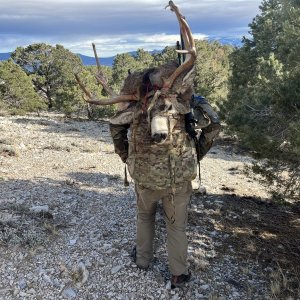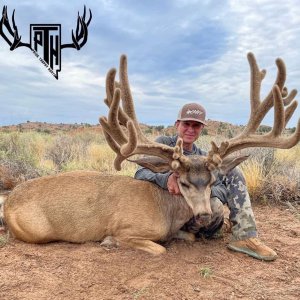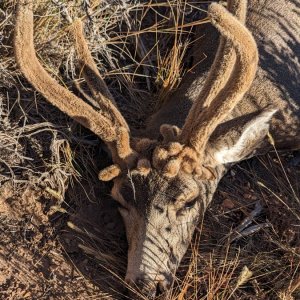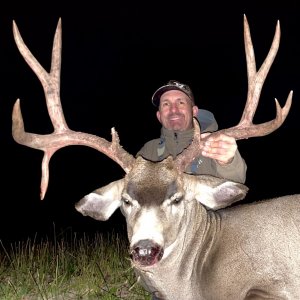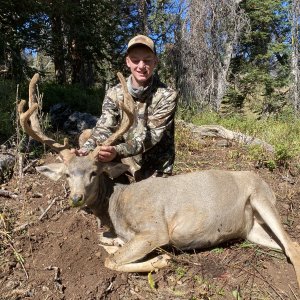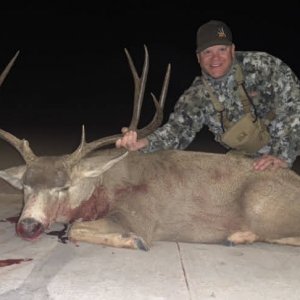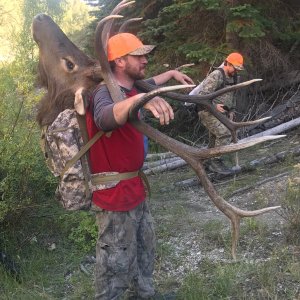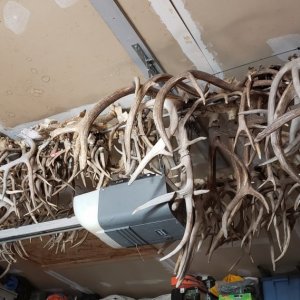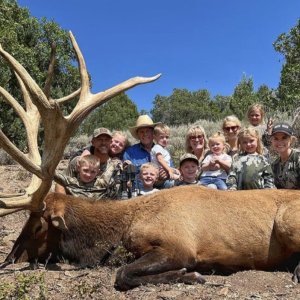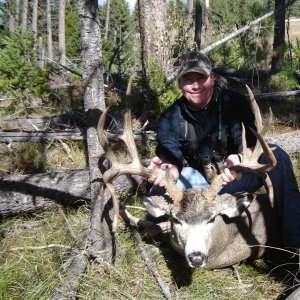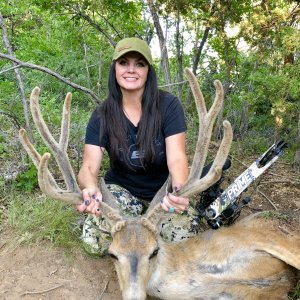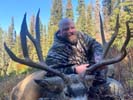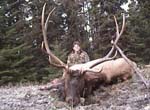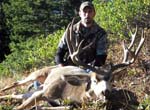Dont login much but just spent 5 days hiking deep and glassing hard and saw 0 bucks and 50 doe. Was basically creating this thread in my own head on the way down the hill thinking about what I'd change as I was quite frustrated.
I don't mind the unlimited only idea on here.
I also like making the late archery hunts first choice only. And I'm one of those that uses 39 as a backup when I fail in oct. But if it gives me better quality by helping herds I'd be all for not being able to use it as backup. I might even first choice it as it's my favorite hunt since you actually see game rather than hiking with a gun for 5 days.
Also would be willing to pay more. I feel like I'm in the middle hunting class and we get screwed. Im not willing to pay crazy 7k+ or whatever a private hunt is, but am willing to pay quite a bit more than 30 dollars for better quality hunting. Same with pheasant wish they would raise wma's to like 70-100. Not as much as a private 400 dollar hunt but cuts the numbers some because some would refuse to pay it. You could say that limits opportunity which I don't love, but I prefer quality over opportunity. But also don't want it to be a rich man's sport. But seems hunting is always either cheap or super expensive. Need a middle
I don't mind the unlimited only idea on here.
I also like making the late archery hunts first choice only. And I'm one of those that uses 39 as a backup when I fail in oct. But if it gives me better quality by helping herds I'd be all for not being able to use it as backup. I might even first choice it as it's my favorite hunt since you actually see game rather than hiking with a gun for 5 days.
Also would be willing to pay more. I feel like I'm in the middle hunting class and we get screwed. Im not willing to pay crazy 7k+ or whatever a private hunt is, but am willing to pay quite a bit more than 30 dollars for better quality hunting. Same with pheasant wish they would raise wma's to like 70-100. Not as much as a private 400 dollar hunt but cuts the numbers some because some would refuse to pay it. You could say that limits opportunity which I don't love, but I prefer quality over opportunity. But also don't want it to be a rich man's sport. But seems hunting is always either cheap or super expensive. Need a middle
Last edited:


